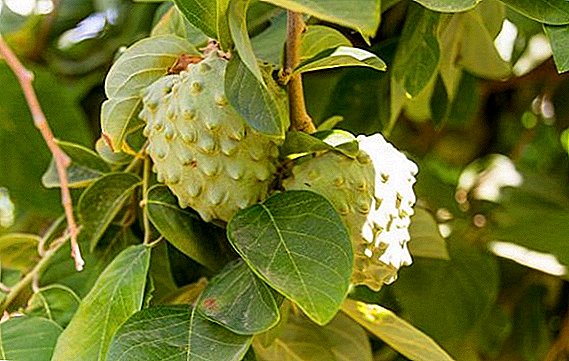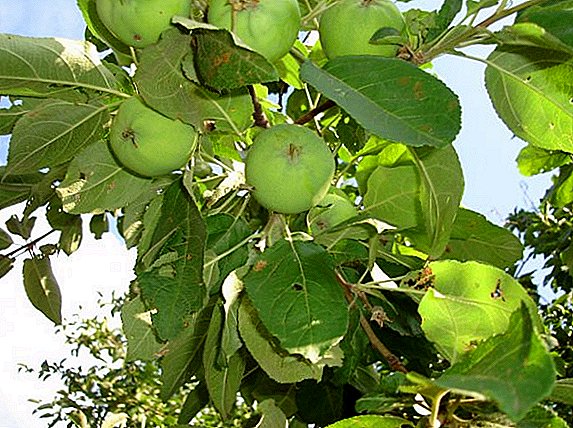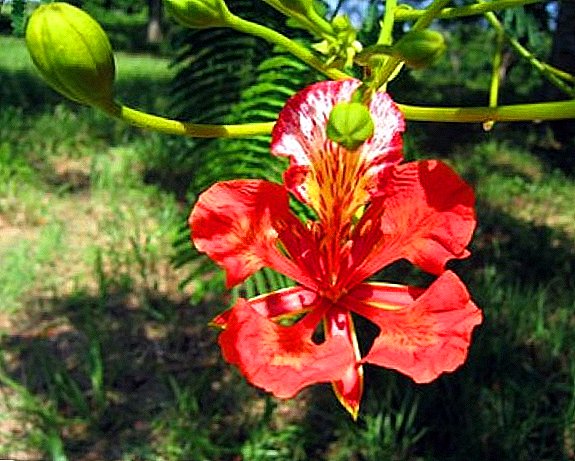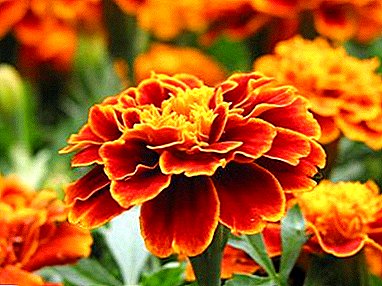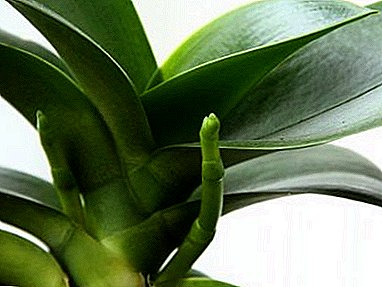
Orchids are famous for a variety of varieties. Phalaenopsis is the undisputed leader among them. This variety was loved by flower growers for fairly good adaptability to room conditions, numerous colors, long flowering.
Phalaenopsis orchid is one of the longest-flowering plants. That is why the majority of people, buying this flower, expect that phalaenopsis will decorate their house with flowers almost continuously pleasing their owners. But it happens that after some time, many of those who have this plant may face a problem when their orchid phalaenopsis does not bloom.
Flowering at home
The frequency of color appearances is influenced by the lighting, the temperature, the quality of the substrate and fertilizer, as well as the quality and frequency of irrigation. Flowers appearing on phalaenopsis delight the eye with a variety of colors. They can be monophonic and interspersed.
Phalaenopsis inflorescence diameter ranges from 2 to 15 cm. Usually with proper care, the plant blooms twice and sometimes thrice a year. The flowering period is long: from 2 to 6 months. Blossoming inflorescence resembles a flock of tropical butterflies hanging from the stem.
When to start worrying?
On average, the dormancy period of phalaenopsis lasts up to three months. At this time, he gains strength before the new flowering. If after the specified period the plant does not begin to release arrows, then to form inflorescences, you need to pay close attention to it.
The reasons for the lack of buds
 Why does phalaenopsis not bloom? A flower may stop producing buds for various reasons. First you need to pay attention to how much time he remains at rest.
Why does phalaenopsis not bloom? A flower may stop producing buds for various reasons. First you need to pay attention to how much time he remains at rest.
- Long absence of flowering.
If the orchid does not form flowers for 2 years after planting, then there is some problem:
- Pests. Phalaenopsis is susceptible to the onslaught of such parasites as a mealybug, thrips, scythe, spider mite To combat them, use specialized tools or a soap solution that is used to treat the leaves of the plant.
- Disease. The presence of any disease is indicated by spots on the leaves, which appear as a result of root rot.
If spots appear on phalaenopsis, it means that the moisture level is exceeded or the plant grows at low temperatures. The situation can be remedied by changing the substrate and processing the fungicide.
- Wrong care. The lack of flowers on phalaenopsis may be due to insufficient lighting or excess fertilizer. It is necessary to bring these figures back to normal and flowering will not take long.
Fatigue. Sometimes the orchid does not bloom for a long time at home due to fatigue. You need to give the plant time, and then stimulate the development of flowers.
- Short-term lack of flowering.
It must be remembered that after the plant has faded, it plunges into a state of rest, which can last about three months. Most often, this period begins in winter, as the day is shortened, the temperature decreases. These factors inhibit the orchid. But as soon as the environment is restored, which is familiar to the tropical guest, she again pleases the owners with lush and bright colors.
Identify the source of the problem
 In order to determine the reason for the lack of flowers, you need to carefully examine the plant. If the appearance of the orchid is satisfactory, then it is necessary to reconsider the growing conditions: lighting, temperature, humidity, frequency of watering.
In order to determine the reason for the lack of flowers, you need to carefully examine the plant. If the appearance of the orchid is satisfactory, then it is necessary to reconsider the growing conditions: lighting, temperature, humidity, frequency of watering.
Sometimes it helps to move the pot with the plant to another place.. If there are cracks on the leaves, dark heels, “rusty” tubercles, or a flower fades, then there is a violation of the root system. To help the plant recover, you need to change the substrate, treat it with a suitable means, reduce watering.
Do I need to force?
If all indicators are normal, the orchid has reached the age necessary for flowering, but only leaves grow, Orchid can be stimulated to achieve the desired color.
Before embarking on the procedure of “awakening” an orchid, you need to make sure that it is completely healthy, otherwise you can harm the plant.
How to stimulate flowering at home?
There are two ways in which you can speed up the flowering process:
- Temperature changes. This method is applicable only in spring, when the air temperature at night warms to 16 degrees.
The plant in the dark is carried out on the street or not glazed balcony.
 In the afternoon, the plant is returned to the house or left outside, but in the shade. Usually bloom occurs after 2 weeks of such procedures.
In the afternoon, the plant is returned to the house or left outside, but in the shade. Usually bloom occurs after 2 weeks of such procedures. - Drought. The method is applied only during the period of active growth of the orchid. The recommended air temperature should not exceed 30 degrees. Reduce watering the flower - wait 3-4 days after the soil dries.
It is important to remember that the orchid is a rather delicate and fragile flower whose native land is the tropics. Therefore, for a full life, it needs conditions close to those in which it grows in the wild. If all the rules of care for an exotic flower are strictly followed, phalaenopsis will please the owner with a long and abundant flowering.


 In the afternoon, the plant is returned to the house or left outside, but in the shade. Usually bloom occurs after 2 weeks of such procedures.
In the afternoon, the plant is returned to the house or left outside, but in the shade. Usually bloom occurs after 2 weeks of such procedures.